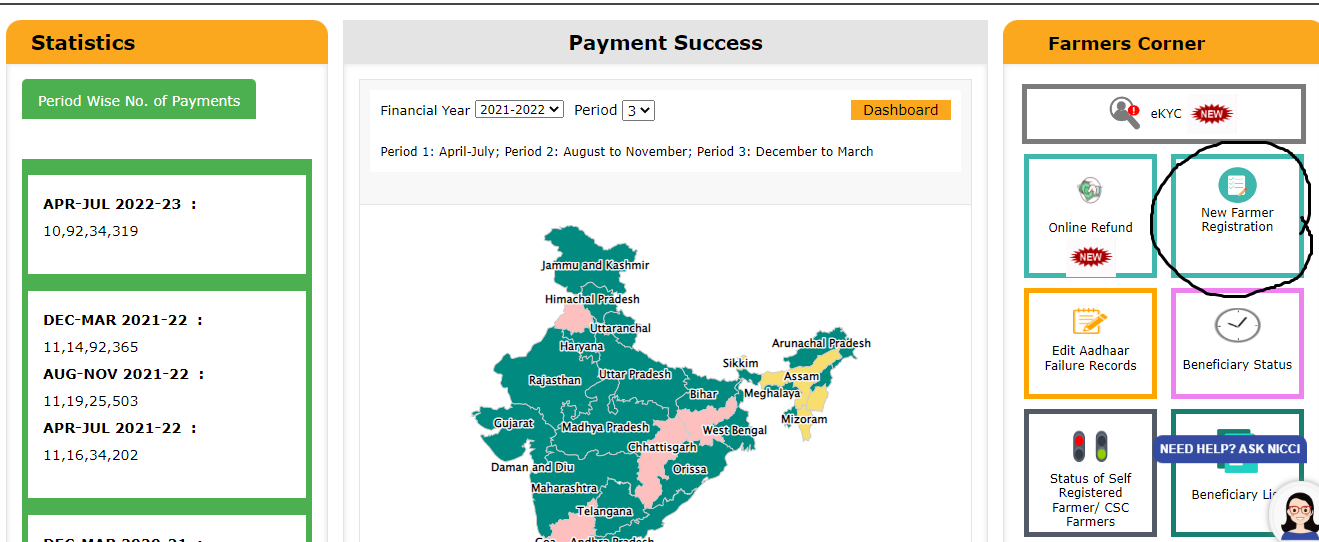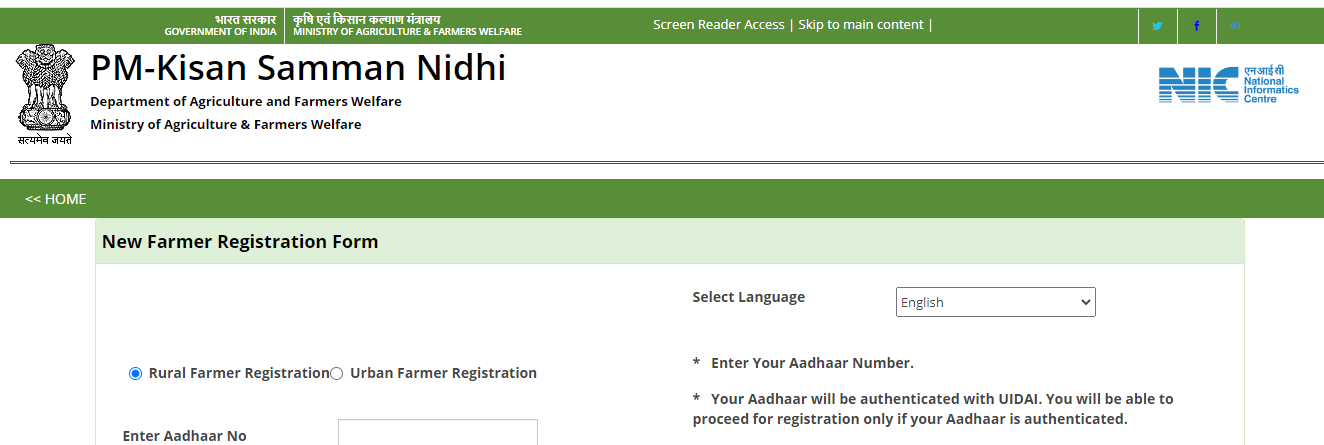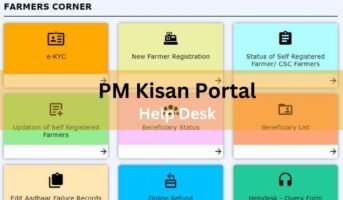Direct Benefit Transfer or DBT was introduced by the government on January 1, 2013, to redesign and improve the procedure and delivery system of different welfare schemes offered by the government. DBT aims to make the flow of information and funds faster and more secure and reduce the risk of frauds. Several DBT welfare schemes are available, some of which are offered by the central government while others are offered by different state governments. One important nation-wide DBT scheme is the PM Kisan Yojana, which is also known as Pradhan Mantri Kisan Samman Nidhi Scheme.
What is DBT?
The process of making cash and other transfers directly in the beneficiary’s account instead of government offices is called DBT, which stands for Direct Benefit Transfer. In this context, a transfer is defined as the payment made by the government directly to the beneficiary without getting any returns. Examples include transfers of subsidies and scholarships.
Direct Benefit Transfer (DBT): History
DBT or Direct Benefit Transfer was introduced on January 1, 2013. Initially, the DBT Mission was designed by the Planning Commission. However, it was taken over by the Department of Expenditure from July 2013 to September 14, 2015, after which DBT Mission was take over by the Cabinet Secretariat.
Initially, DBT was launched only in 43 districts. However, later, 78 more districts were added in 27 schemes regarding scholarships and children, women and labour welfare. Since December 12, 2014, there has been a further expansion in the DBT program. Currently, DBT is present in more than 300 districts. The major objective of the DBT scheme is to bring about transparency, accountability, and efficiency in the implementation of welfare schemes introduced by the government of India.
Jan Dhan, Aadhaar and Mobile (JAM) are the DBT enablers. At present, there are nearly 100 crore mobile connections, over 100 crore Aadhaar, and more than 22 crore Jan Dhan accounts that make use of the DBT scheme.
Direct Benefit Transfer (DBT): Advantages
There are many advantages of DBT. The major ones are:
- Prevention of fraud: Under DBT, beneficiaries receive funds from the government directly in their bank accounts, which reduces the risk of frauds.
- Better beneficiary identification: Aadhar helps with the better identification of the beneficiary. The Indian government will be easily able to identify the beneficiary through their Aadhar details.
DBT schemes
A total of 310 schemes overseen by 53 different ministries of the government are covered by the DBT programme. There are many different kinds of DBT schemes available. These include:
Cash transfer
Under this type of DBT scheme, cash is directly transferred by the government to the beneficiaries’ bank accounts. Different transfer routes include:
- The receipt of the amount directly by the beneficiary
- Transfer of the amount to the beneficiary from the state treasury account
- Transfer of the amount to the beneficiary from an implementing agency appointed by the government.
- Transfer of the amount to the beneficiary from the state or central government
Some examples of this type of DBT schemes include MGNREGA, PM KISAN, and National Social Assistance Programme (NSAP).
Transfer of In-kind benefits
Under this type of DBT scheme, beneficiaries receive in-kind benefits from the government via an intermediate agency. The government bears the expenses of the goods or services that are used for either public distribution or given to the eligible beneficiaries. Typically, the beneficiaries receive these goods or services either for free or for a very low price.
Other forms of transfers
Allowances, incentives, etc., provided by the government to community workers and NGOs are covered under this category of DBT schemes. Such allowances and benefits are given due to their service to the community or other beneficiaries.
DBT PM Kisan
Launched on February 24, 2019, PM Kisan is one of the largest DBT schemes in the country. Under this scheme, landholding farmers can claim an annual financial assistance of Rs 6,000. Officially named PM Kisan Samman Nidhi Yojana, this scheme deposits three equal instalments of Rs 2,000 each into the beneficiaries’ bank accounts at an interval of four months through direct benefit transfer. This subsidy can be claimed by eligible farmers after they have registered for the scheme and completed their e-KYC. Both these processes can be done online on the official PM Kisan official portal.
See also: PM Kisan: How to view your name in beneficiary list?
DBT PM Kisan: How to register?
Eligible farmers must register themselves on the official PM Kisan portal. Here’s how you can do it.
- Visit the official PM Kisan portal.
- On the home page, go to the ‘New Farmer Registration’ option available under the ‘Farmer’s Corner’ tab.

- Enter your mobile number, state Aadhaar number, and captcha code. Pick your language from the drop-down menu. Choose the applicable option between rural and urban farmer registration.


- Click on the ‘Get OTP’ option to verify your mobile number.
- Once you’ve entered the OTP correctly, click on ‘Yes’ where the page asks you if you want to register yourself.
- Then, carefully fill in all personal details as well as your banking information. Upload the relevant documents before submitting the form.
See also: PM Kisan status check: Steps in 2023
FAQs
Under which department of the Indian government does the DBT PM KISAN scheme fall?
DBT PM KISAN scheme falls under the purview of the Department Of Agriculture, Cooperation and Farmers Welfare.
What is the DBT PM KISAN scheme helpline number?
The DBT PM KISAN scheme helpline number is 011-24300606, 155261.
Can I apply for the DBT PM KISAN scheme offline?
Yes, you can apply for the DBT PM KISAN scheme offline by visiting the nearest CSC center.
| Got any questions or point of view on our article? We would love to hear from you.
Write to our Editor-in-Chief Jhumur Ghosh at [email protected] |

Dhwani is a content management expert with over five years of professional experience. She has authored articles spanning diverse domains, including real estate, finance, business, health, taxation, education and more. Holding a Bachelor’s degree in Journalism and Mass Communication, Dhwani’s interests encompass reading and travelling. She is dedicated to staying updated on the latest real estate advancements in India.
Email: [email protected]











